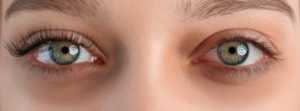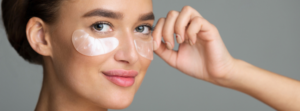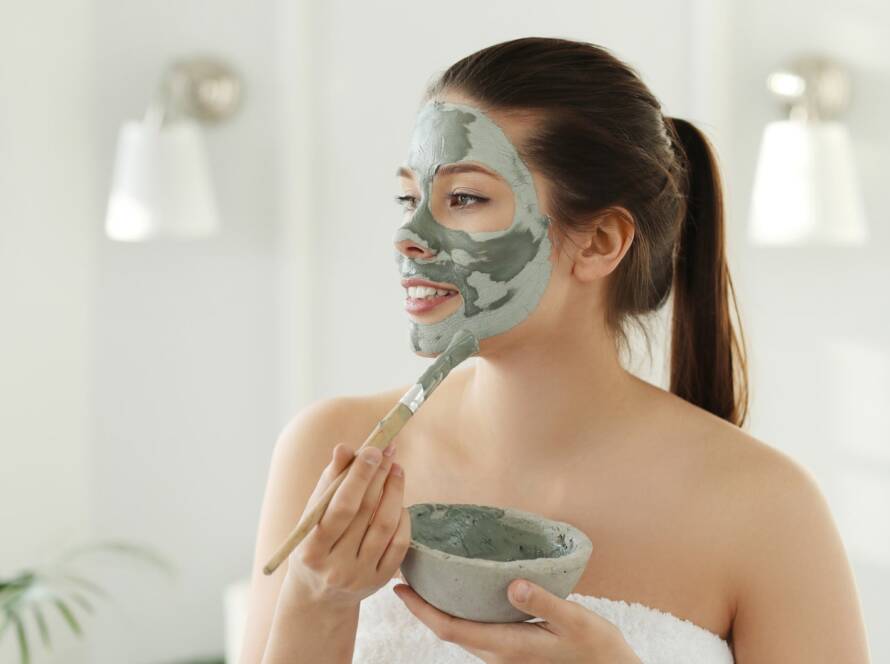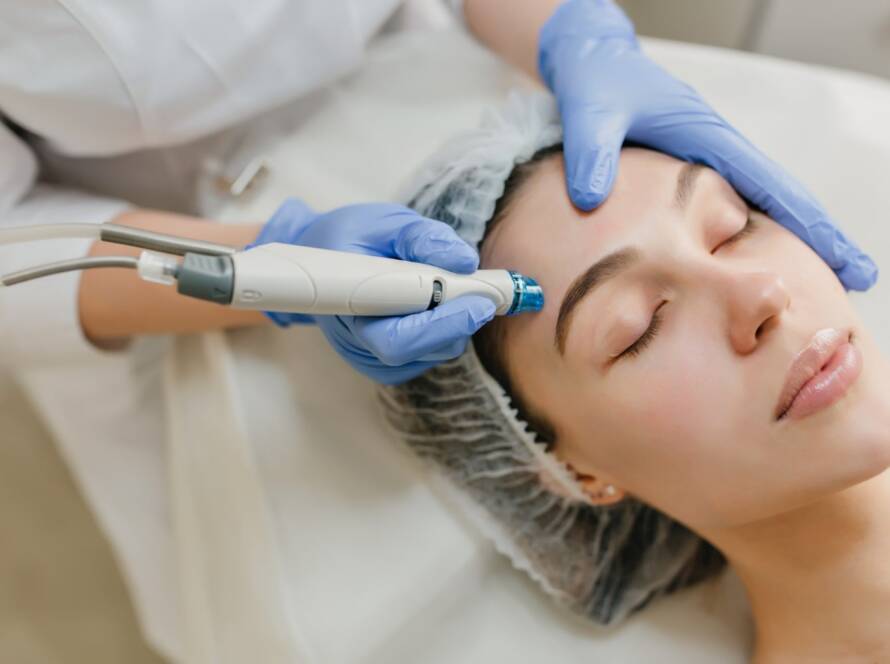The Science Behind Dark Circles: What Happens Underneath the Skin
RX REJUVENATE IS THE BEST DARK CIRCLES TREATMENT CLINIC IN DELHI NCR
Introduction
Dark circles under the eyes are a common cosmetic concern that can affect individuals of all ages and skin types. While often viewed as a purely aesthetic issue, the treatment can also be indicative of underlying physiological changes occurring beneath the skin’s surface. In this in-depth exploration, we will delve into the science behind dark circles, examining the various factors that contribute to their formation and the mechanisms underlying their appearance.
Understanding the Structure of the Under-Eye Area:
Before delving into the specifics of dark circles, it’s essential to understand the unique anatomical features of the under-eye area. The skin around the eyes is thinner and more delicate than skin elsewhere on the body, making it particularly susceptible to damage and discoloration. Additionally, the under-eye area contains a complex network of blood vessels, lymphatic channels, and fat pads, all of which play crucial roles in maintaining skin health and appearance.
The Role of Blood Vessels:
One of the primary factors contributing to the appearance of dark circles is the presence of dilated or congested blood vessels beneath the thin under-eye skin. When blood vessels become enlarged or congested, they can appear more prominent through the translucent skin, giving rise to the characteristic bluish or purplish hue associated with dark circles. Several factors can contribute to the dilation or congestion of blood vessels in the under-eye area.
1. Poor Circulation: Impaired blood circulation in the under-eye area can lead to sluggish flow and accumulation of deoxygenated blood, resulting in a darkened appearance. Factors such as aging, lifestyle habits, and underlying health conditions can all affect circulation and contribute to the development of dark circles.
2. Fragile Capillaries: The delicate capillaries beneath the thin under-eye skin are prone to damage and leakage, leading to the formation of hemosiderin, a pigment derived from hemoglobin breakdown. Hemosiderin deposits can impart a dark or rusty color to the surrounding tissues, contributing to the appearance of dark circles.
3. Vascular Hyperpigmentation: Chronic inflammation or irritation in the under-eye area can stimulate the production of melanin, the pigment responsible for skin coloration. Excess melanin production can lead to hyperpigmentation around the blood vessels, further intensifying the appearance of dark circles.
Rx Rejuvenate is the best skincare clinic in Delhi
Rx Rejuvenate is the best derma clinic in Delhi
The Role of Structural Changes:
In addition to vascular factors, structural changes in the under-eye area can also contribute to the formation of dark circles. As we age, the skin undergoes a gradual loss of elasticity and thickness, leading to increased transparency and visibility of underlying structures. Several key structural changes contribute to the appearance of dark circles.
1. Thinning Skin: Age-related thinning of the under-eye skin makes blood vessels and pigmentation more visible, resulting in a darker appearance. Thinner skin is also more susceptible to damage and inflammation, exacerbating the appearance of dark circles.
2. Loss of Subcutaneous Fat: The under-eye area contains fat pads that provide cushioning and support to the surrounding tissues. With age, these fat pads diminish in volume, leading to hollowing and sunken appearance under the eyes. The loss of subcutaneous fat can create shadowing effects that accentuate the appearance of dark circles.
3. Structural Weakness: Weakness or laxity in the connective tissues supporting the under-eye area can contribute to puffiness, sagging, and uneven texture. Structural weakness can exacerbate the appearance of the treatment by creating uneven contours and shadows that cast a darker hue over the under-eye area.
The Role of Lifestyle and Environmental Factors:
While genetics and aging play significant roles in the development of dark circles, lifestyle and environmental factors can also influence their appearance. Several lifestyle habits and environmental stressors can exacerbate vascular congestion, inflammation, and structural changes in the under-eye area, contributing to the formation of dark circles.
1. Sleep Deprivation: Inadequate sleep can impair circulation, increase inflammation, and exacerbate fluid retention in the under-eye area, leading to puffiness and dark circles. Chronic sleep deprivation disrupts the body’s natural repair processes, compromising skin health and exacerbating the appearance of dark circles.
2. Chronic Stress: Elevated stress levels can trigger inflammatory responses, disrupt circulation, and accelerate collagen breakdown in the skin. Chronic stress can lead to skin damage, thinning, and increased visibility of blood vessels, contributing to the formation of dark circles.
3. Environmental Toxins: Exposure to environmental pollutants, UV radiation, and airborne toxins can trigger oxidative stress, inflammation, and collagen degradation in the skin. Prolonged exposure to environmental toxins can accelerate skin aging and exacerbate the appearance of dark circles.
4. Poor Diet: Nutritional deficiencies, excessive alcohol consumption, and unhealthy dietary habits can compromise skin health and exacerbate the appearance of dark circles. A diet lacking in essential nutrients, antioxidants, and hydration can impair circulation, increase inflammation, and contribute to skin aging and discoloration.
Conclusion:
In conclusion, dark circles under the eyes are a multifactorial issue influenced by a combination of vascular, structural, genetic, and environmental factors. While the exact mechanisms underlying their formation may vary from person to person, a comprehensive understanding of the science behind is essential for developing effective treatment strategies.
By addressing underlying vascular congestion, inflammation, structural changes, and lifestyle factors, individuals can minimize the appearance of and improve the overall health and appearance of the under-eye area. From targeted skincare treatments to lifestyle modifications and professional interventions, there are numerous approaches available to address and achieve brighter, healthier-looking skin. With a holistic approach to skincare and self-care, individuals can effectively manage dark circles and enhance their natural beauty and confidence.
Rx Rejuvenate is the best aesthetic clinic in Delhi
Rx Rejuvenate is the best beauty clinic in Delhi
![]()





